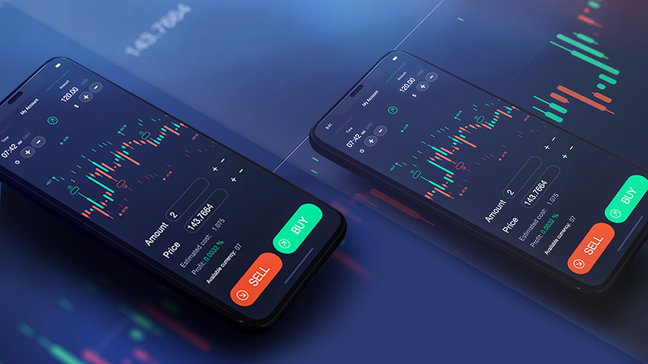Purchasing Manager’s Index (PMI): Definition, Calculation, and Significance Explained
The Purchasing Managers' Index (PMI) is an index of the prevailing direction of economic trends in the manufacturing and service sectors.It consists of a diffusion index that summarizes whether market conditions, as viewed by purchasing managers, are expanding, staying the same, or contracting.
The purpose of the PMI is to provide information about current and future business conditions to company decision makers, analysts, and investors.
The index is compiled by S&P Global from responses to questionnaires sent to purchasing managers in a panel of around 400 manufacturers.
We should understand here that the diffusion index is a method of summarizing the common tendency of a group of statistical series. It is calculated to find out/calculate economic turning points.
If a greater number of the series are rising than are declining, the index will be above 50; if fewer are rising than declining, it will be below 50. In effect, a diffusion index measures the degree to which either strength or weakness pervades the economy.
If, for example, most of a group of industries are increasing their production rates, the economy, is probably expanding; if the proportion of industries that are growing begins to decline and falls significantly below 50 percent for a period, the economy is probably in a recession, or at least moving in that direction.
Working of Purchasing Manager’s Index
It is calculated separately for the manufacturing and services sectors and then a composite index is also drawn.
The PMI is a number from 0 to 100.A print above 50 means expansion, while a score below that denotes contraction.A reading at 50 indicates no change.
If the PMI of the previous month is higher than the PMI of the current month, it represents that the economy is contracting.
It is usually released at the start of every month. It is, therefore, considered a good leading indicator of economic activity.
Calculating Purchasing Manager’s Index
The PMI is a weighted average of the following five indices:
- New Orders (30%),
- Output (25%),
- Employment (20%),
- Suppliers’ Delivery Times (15%) and
- Stocks of Purchases (10%).
Purchasing Manager’s Index (PMI) can be calculated using the following formula:
Purchasing Manager’s Index (PMI) = [P1 * 1] + [P2 * 0.5] + [P3 * 0]
P1 is equal to the percentage of answers that are reporting an improvement.
P2 is equal to the percentage of answers with no change and
P3 is the percentage of answers having a deterioration.
Significance of Purchasing Manager’s Index
- PMI Provides a Reliable Expectation of Economy:
The PMI is becoming one of the most tracked indicators of business activity across the world.
It provides a reliable expectation of how an economy is doing as a whole and manufacturing activities in particular.
- Indicator of Economic Activity:
It is a good gauge of boom-and-bust cycles in the economy and closely watched by investors, businesses, traders, and financial professionals besides economists.
PMI is also regarded as a leading indicator of economic activity since it is released at the beginning of every month.
- Helps in Decision Making:
The PMI is used by central banks to set interest rates.
Besides influencing equity market movements, PMI releases also impact bond and currency markets.
4. Enhances Attractiveness of the Economy:
A good reading of PMI enhances the attractiveness of an economy vis-a-vis other competing economies.
Suppliers can decide on prices depending on PMI movements.
PMI for February 2035
The latest Purchasing Managers' Index (PMI) data for India shows a Manufacturing PMI of 57.1 in February 2025, a 2-month low, and a Services PMI of 59.0.The Manufacturing PMI in India decreased to 57.1 points in February 2025, marking a two-month low. It was previously at 58.1 points in January 2025. The data is collected through a survey of 400 purchasing managers in the manufacturing sector.
While marking the slowest expansion since December 2023, the reading still indicated strong operating conditions. Output and new orders remained elevated, driven by robust domestic and international demand. Hiring continued at above-trend rates, with job creation the second-highest in the survey’s history.
Input purchases expanded, though at a 14-month low, as firms rebuilt inventories and mitigated potential shortages. Vendor performance improved for the 12th straight month, while pre-production inventories saw strong growth. On prices, input cost inflation eased for the third consecutive month to a one-year low, while charge inflation stayed above the long-run average as firms passed on higher labour costs. Lastly, business confidence remained strong, with nearly a third of respondents expecting higher output in the year ahead.



